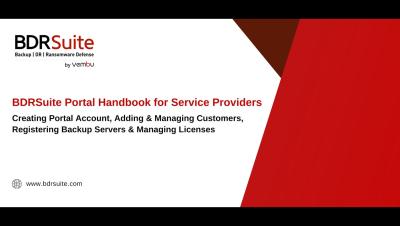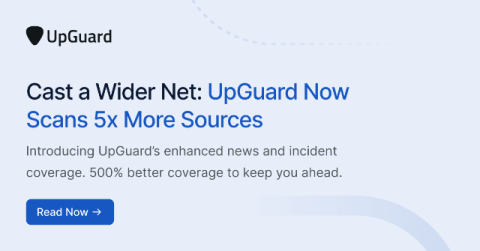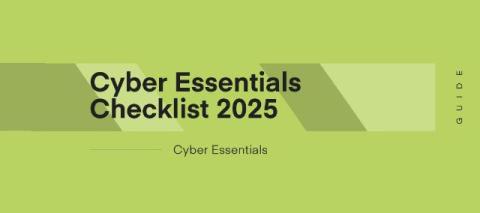Best practices to enhance Active Directory protection
Almost 90% of businesses employ Active Directory (AD) in their IT environments to manage user accounts and control access—yet every day, 95 million AD accounts are targeted by cyberattackers. It’s not surprising that AD is a popular target. Attackers can actively exploit user accounts and use them as an entry point to launch lucrative attacks. Find out how you can employ best practices to keep your AD safe from adversaries.










